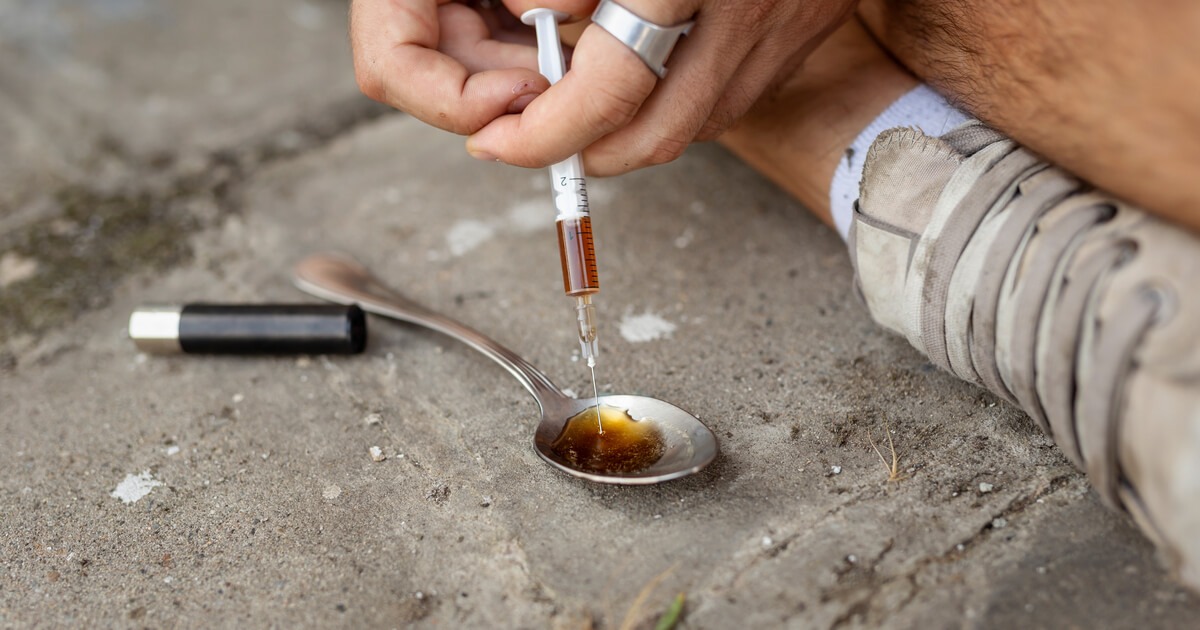Heroin Addiction Recovery Support
You’re not a lost cause. You’re a human being in pain and you deserve to heal with dignity.
At TruPaths, we know heroin addiction doesn’t begin with recklessness it often begins with pain, with trauma, with trying to feel okay. For many, heroin is the last stop after prescription opioids no longer work, or after life has offered too few safe places to turn.
This page is here to help you understand what heroin addiction looks like, how recovery is absolutely possible, and where to find trusted help that meets you with care, not judgment. We don’t provide treatment ourselves but we connect you with recovery programs that do, with heart.




